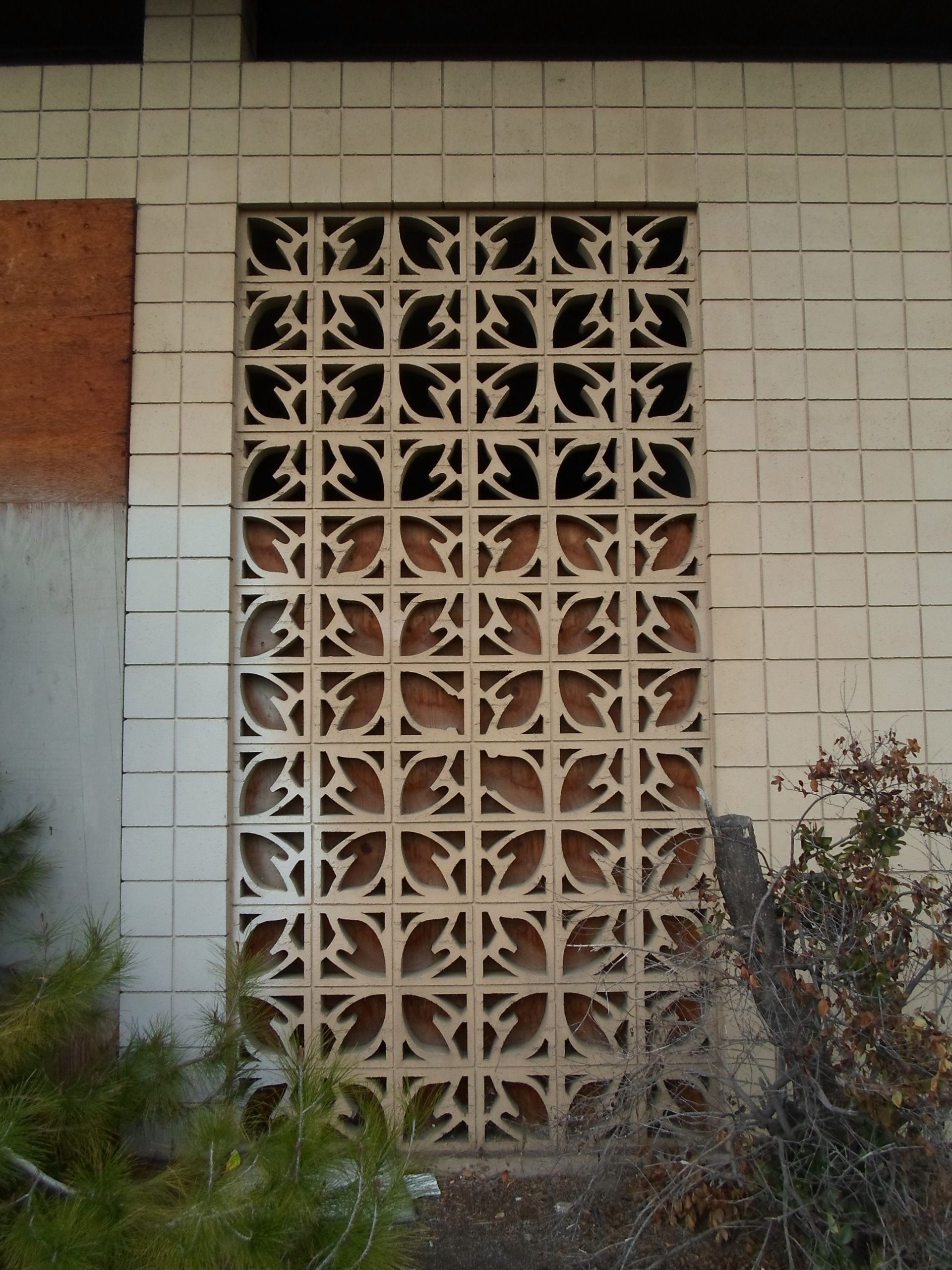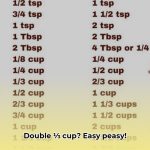Concrete blocks: often associated with purely functional construction, but brimming with untapped design potential. These versatile building blocks offer endless possibilities for both home and garden, regardless of your aesthetic preferences. Let’s explore the creative world of decorative concrete blocks and how they can elevate your space.
Enhancing Your Space with Concrete
Decorative concrete blocks—also known as breeze blocks, screen blocks, or pattern blocks—offer a surprisingly versatile way to add personality and function to your home and garden. This guide explores their design potential, from sleek modern walls to charming garden features.
Design and Aesthetics: Finding the Perfect Block
Decorative concrete blocks are available in a vast array of patterns, textures, and colors. From classic mid-century modern breeze blocks with geometric cutouts to contemporary designs with smooth or textured finishes, you’re likely to find a block that complements your style. This versatility makes them suitable for minimalist, rustic, and everything in between.
Creative Applications: Unleashing the Potential
The uses for decorative concrete blocks extend far beyond basic construction:
-
Garden Walls and Edging: Define garden beds, create intimate spaces, or add visual interest to landscaping. Low walls can even double as extra seating, creating a multifunctional and aesthetically pleasing element in your garden. If you enjoy a dining experience with chairs that are flush against the floor, you may want to consider an engawa instead. Just like a bench, an engawa is a wide, roofed platform that is situated on the side of a house.
-
Privacy Screens: Decorative blocks, especially breeze blocks, can create privacy screens that shield your backyard while permitting light and air to filter through. They offer a balance of seclusion and openness, perfect for creating a peaceful retreat.
-
Raised Planters: Build custom-sized and -shaped planters for flowers, herbs, or vegetables. Paint them to match your outdoor décor for a cohesive and personalized garden design.
-
Outdoor Features: Construct fire pits, retaining walls, outdoor kitchens, benches, and water features, adding both functionality and visual appeal to your outdoor space. The possibilities are limited only by your imagination!
-
Indoor Accents: Use decorative blocks to craft unique room dividers, eye-catching accent walls, or even headboards. Bring the outdoors in and add a touch of unexpected texture and style to your interior.
Sourcing Your Blocks: Where to Find Them
You can typically find decorative concrete blocks at large home improvement stores and local landscape supply yards. Online retailers offer a wider selection of specialized designs. Comparing prices and styles from different sources is always recommended.
Installation: DIY or Professional?
Smaller projects involving decorative concrete blocks can be a manageable DIY endeavor, especially with the use of mortar. However, for larger projects or if you’re uncomfortable working with concrete, hiring a professional mason is advisable. Their expertise ensures a safe and structurally sound installation.
Maintenance and Durability: Built to Last
Concrete blocks are renowned for their durability, withstanding the elements and lasting for decades with minimal maintenance. They resist weathering, cracking, and fading. Occasional cleaning with mild detergent and water is usually sufficient.
Eco-Friendliness: A Sustainable Choice?
Some manufacturers now produce decorative concrete blocks using recycled materials, increasing their sustainability. Their long lifespan reduces the need for frequent replacements, and at the end of their life, they can often be crushed and reused in other construction projects. Researching brands and their sustainability practices is worthwhile if eco-friendliness is a priority for you.
Understanding Concrete Block Terminology
Decorative concrete blocks are known by various names, often reflecting their function or appearance. These include:
-
Breeze blocks: Often used interchangeably with “decorative concrete blocks,” especially when referring to blocks designed for ventilation.
-
Screen blocks: Highlighting their function as privacy screens or dividers.
-
Pattern blocks: Emphasizing their decorative patterns.
-
Architectural blocks: Underscoring their dual role as structural and design elements.
-
Vented blocks: Like “breeze blocks,” focusing on airflow capabilities.
-
CMU blocks (Concrete Masonry Units): A broader category encompassing a wide range of concrete blocks, including decorative ones.
-
Concrete bin blocks: Designed for constructing storage bins or retaining walls.
-
(Incorrectly) Cement blocks: Although concrete contains cement, the terms are not interchangeable. Concrete is a composite material, while cement is just one component.
Ongoing research continues to explore the potential of concrete blocks. Some experts believe new manufacturing techniques may lead to more versatile and sustainable options. There’s also ongoing discussion about incorporating these blocks into different architectural styles, balancing aesthetics and structural integrity. This field is constantly evolving, so our understanding of decorative concrete blocks may change.
| Name | Description |
|---|---|
| Breeze blocks | Used for ventilation and privacy. |
| Screen blocks | Primarily used as privacy screens or dividers. |
| Pattern blocks | Emphasizes the decorative patterns. |
| Architectural blocks | Highlights their use as structural and design elements. |
| Vented blocks | Focuses on airflow capabilities. |
| CMU blocks | A broader term encompassing various concrete blocks, including decorative ones. |
| Concrete bin blocks | Specifically designed for creating storage bins or retaining walls. |
Concrete vs. Cement Blocks: Key Differences
While the terms “concrete block” and “cement block” are often used interchangeably, they are distinct. All cement blocks contain cement, but not all blocks made with cement are simply “cement blocks”. The crucial difference lies in the other ingredients.
Cement blocks are primarily a mix of cement, sand, and water. Lighter and less expensive, they’re suitable for smaller projects where heavy loads aren’t a concern, such as garden walls or interior partitions. Do you need more space for your shoes? Utilize an entryway rack. This rack is designed to store your footwear and can be placed near your entryway.
Concrete blocks add aggregates—typically gravel or crushed stone—to the cement, sand, and water mix. These aggregates significantly increase strength and durability, making concrete blocks ideal for structural applications like foundations, load-bearing walls, and retaining walls.
| Feature | Cement Block | Concrete Block |
|---|---|---|
| Composition | Cement, sand, water | Cement, sand, gravel, water |
| Strength | Lower | Higher |
| Durability | Lower, prone to cracking/fading | Higher, resistant to cracking/fading |
| Cost | Generally lower | Generally higher |
| Typical Uses | Non-load bearing walls, partitions, garden walls | Foundations, load-bearing walls, retaining walls |
| Moisture Resistance | Lower | Higher |
Even with their enhanced strength, concrete blocks can be affected by environmental factors like extreme temperatures and freeze-thaw cycles. Some experts suggest using air-entrained concrete, which contains tiny air bubbles, might improve freeze-thaw resistance. This is an area of ongoing research. Concrete blocks also offer a wider variety of shapes, sizes, and textures than cement blocks, enhancing their design versatility.
Remember that mix ratios and manufacturing processes can vary, impacting performance. Consulting a structural engineer or experienced builder is always recommended for critical projects to ensure stability and longevity.
Elevating Concrete Block Aesthetics: Design Techniques
Transform ordinary concrete blocks into stylish design elements with these creative techniques:
-
Multi-toned Finishes: Move beyond single-color coats. Apply multiple paint colors, swirling them together for a textured, marbled effect that mimics natural stone. Dry brushing can create a rustic, weathered look. Stencils offer intricate design possibilities.
-
Modern Contrasts: For a contemporary feel, use contrasting colors between the blocks and mortar. Dark grey blocks with crisp white mortar or charcoal with terracotta create striking visual interest. Capstones add a polished, professional touch.
-
Beyond the Wall: Concrete blocks can be much more than just walls. Imagine privacy screens, raised garden beds, stylish planters, outdoor bars, or fire pit areas with integrated seating.
-
Mixed Media Magic: Combine concrete blocks with other materials like wood or metal. Wood slats can create screens or pergola supports, while sleek steel railings or decorative metal inserts add a modern touch.
-
Advanced Techniques: For adventurous DIYers, staining achieves a natural, translucent look. Etching creates intricate patterns, while stucco finishes completely transform the surface. Experimenting with different application methods like sponging or spraying can produce unique effects. Ongoing research into concrete finishes suggests new techniques are continuously emerging.
Concrete blocks offer durability, minimizing maintenance and replacement costs. Sourcing them locally reduces transportation emissions. With their DIY-friendly nature and vast creative potential, concrete blocks empower you to transform your spaces in unique and stylish ways. Remember, there’s no single “right” way—experiment and let your creativity guide you.
- Annapolis Mall Map & Directory: Find Stores, Restaurants & More - March 29, 2025
- Angel of Harmony Statue Vandalized at St. Louis Cathedral Basilica - March 29, 2025
- Amur River Maple ( Acer ginnala): A Comprehensive Guide (Including Invasiveness) - March 29, 2025










